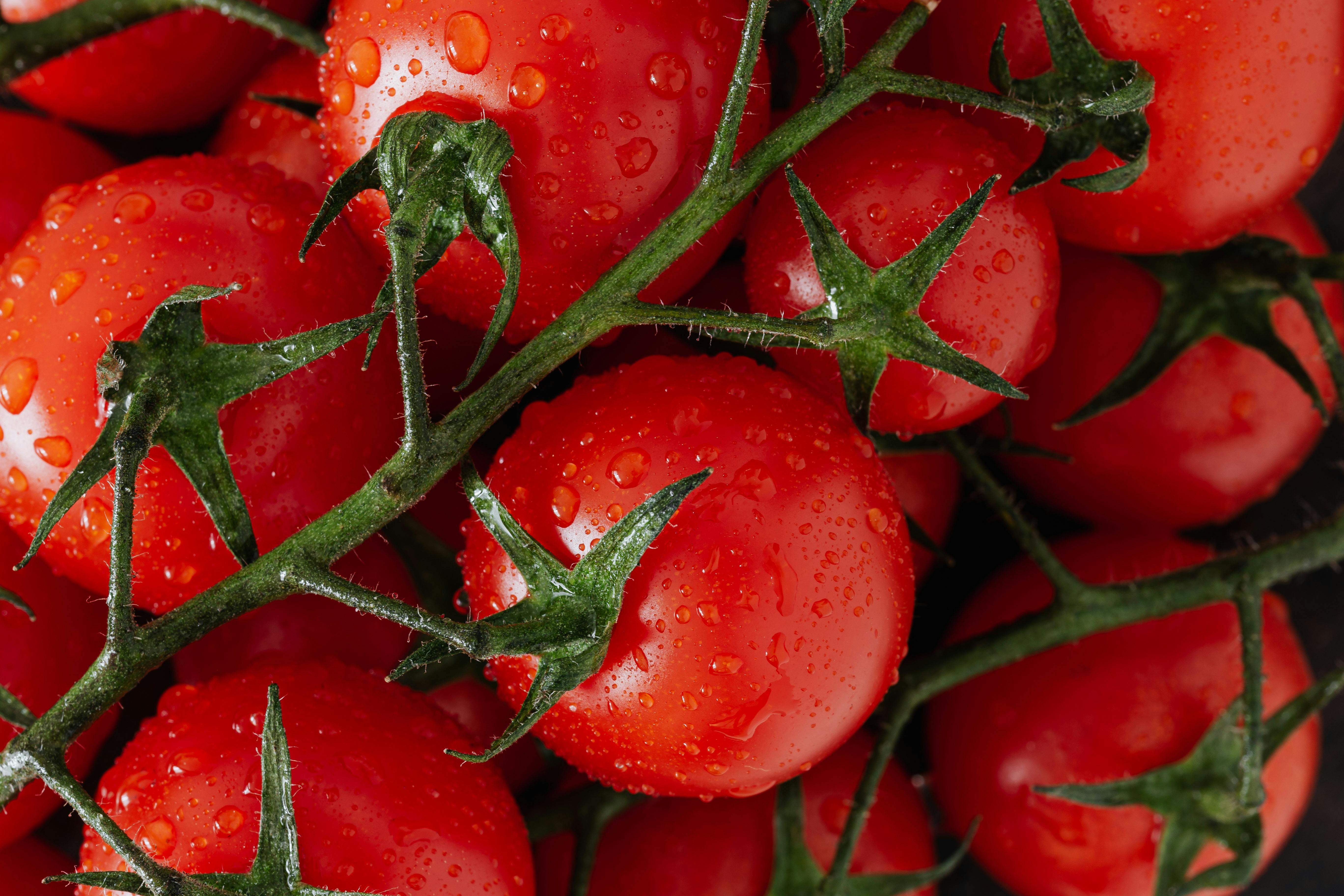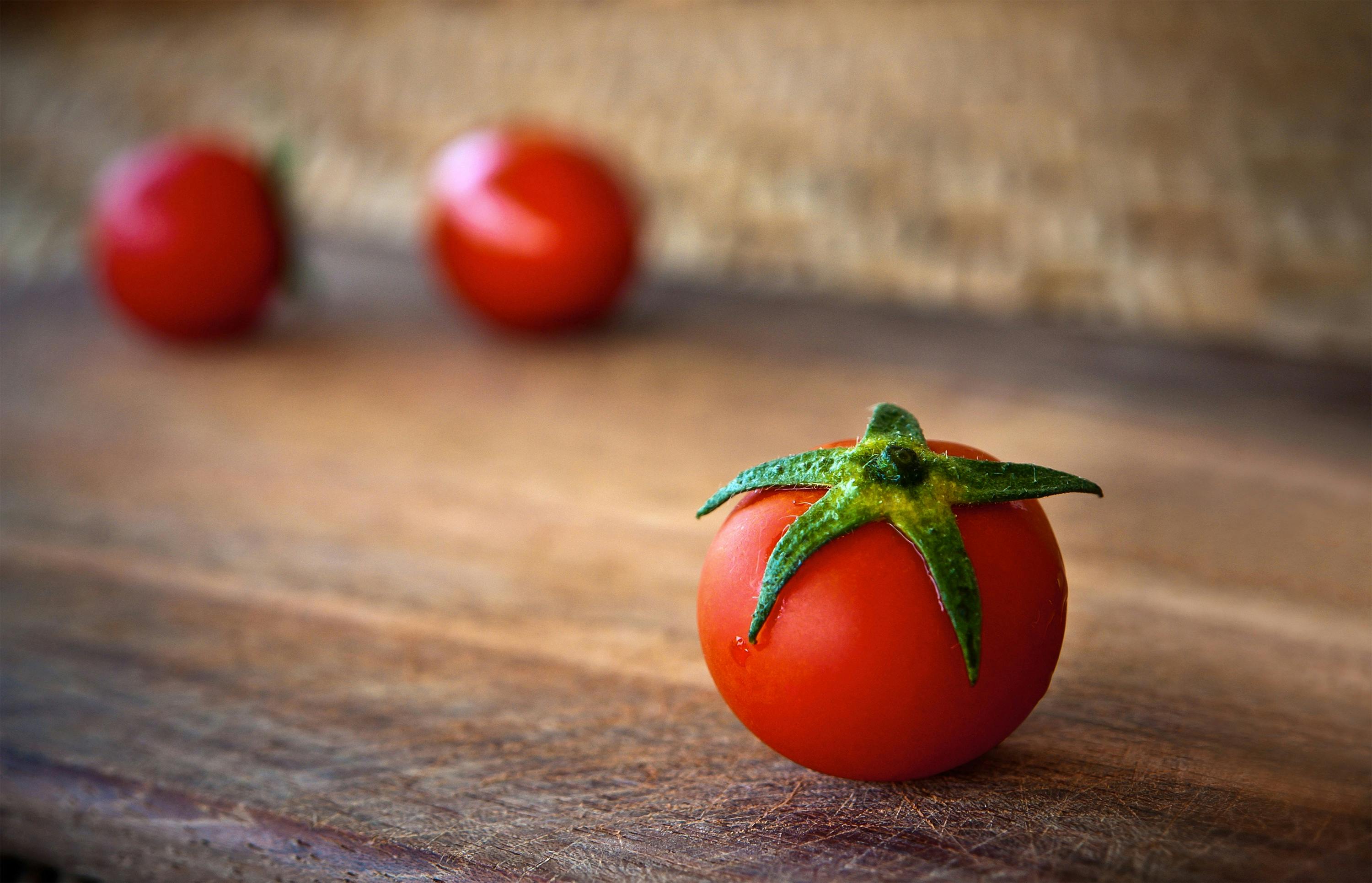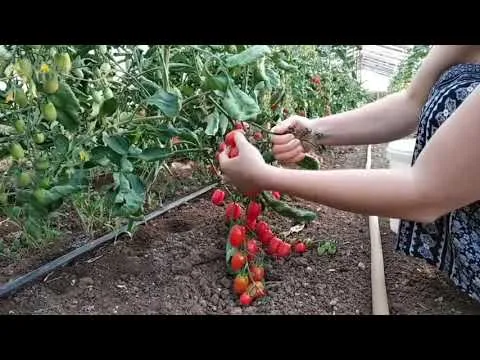Tomatoes are a popular and versatile vegetable, enjoyed in many different dishes. But how long do tomato plants bear fruit? This article will provide a comprehensive overview of how long it takes for tomato plants to produce tomatoes, as well as how to extend the life of your tomatoes and get the most out of your harvest. Additionally, we’ll look at some common diseases that can affect the life cycle of tomatoes and what you can do to protect your plants. By the end of this article, you’ll have a better understanding of how long tomatoes bear fruit and how to get the best results from your tomato crop.Tomato plants typically bear fruit approximately 60 to 90 days after planting. However, this time frame may vary depending on the variety of tomato and the weather conditions in which it is growing.
Factors That Affect Tomato Fruit Bearing Time
Tomatoes are a popular vegetable that is enjoyed in many dishes around the world. The amount of time it takes for tomatoes to bear fruit is affected by a number of factors. These can include environmental conditions, the variety of tomato, and the age of the plant.
Temperature is one factor that has an effect on tomato fruit bearing time. Tomatoes are a warm-weather crop and require temperatures between 60 to 85 degrees Fahrenheit for optimum growth. When temperatures exceed 95 degrees Fahrenheit, growth slows significantly. This results in slower fruit bearing times.
The variety of tomato also affects its fruit bearing time. Heirloom varieties may take longer to bear fruit than hybrid varieties, as they tend to produce fewer fruits per plant. Additionally, certain varieties may be more sensitive to temperature extremes than others and may take longer to produce fruits as a result.
Finally, the age of the plant can affect its fruit bearing time as well. Younger plants may take longer to bear fruits because they are still developing their root systems and foliage and need more time before they can begin producing fruits. On the other hand, mature plants may take less time due to their established root system and ability to quickly produce fruits once conditions are favorable.
In summary, there are several factors that affect tomato fruit bearing time including environmental conditions, the variety of tomato, and the age of the plant. Understanding these factors can help you ensure your tomatoes reach full maturity sooner so you can enjoy them sooner!
The Benefits of Early Season Tomatoes
Tomatoes are a popular summer crop enjoyed by many around the world. Early season tomatoes are those that ripen early in the summer, usually around June or July. These tomatoes offer a range of benefits compared to traditional Heirloom or Beefsteak tomatoes. They have a unique flavor, they’re easier to grow, and they’re cheaper than their counterparts.
Early season tomatoes have a unique flavor that some consider superior to traditional varieties. This is due to the fact that they ripen earlier in the season when temperatures are still cooler and there’s more moisture in the air. As such, they hold more of their sweetness and acidity than Heirloom or Beefsteak tomatoes, which tend to lose some of their flavor as they ripen in hotter weather.
In addition to their superior flavor, early season tomatoes are also easier to grow than traditional varieties. They require less care and attention since they don’t need as much water or fertilizer as other tomato plants do. As such, they are ideal for home gardeners who may not have a lot of time for tending to their crops.
Finally, early season tomatoes are much cheaper than Heirloom or Beefsteak tomatoes since they don’t require as much investment in terms of labor and resources. This makes them an attractive option for those on a budget who still want to enjoy quality produce without breaking the bank.
Overall, early season tomatoes offer a variety of benefits compared to traditional varieties such as superior flavor, ease of growth, and affordability. For these reasons, these types of tomatoes are becoming increasingly popular amongst home gardeners and commercial growers alike.
Choose the Right Variety
Choosing the right variety of tomato is essential for growing tomatoes successfully. Different varieties of tomatoes have different characteristics that can make them more suitable for particular growing conditions or uses in the kitchen. Consider the size, color, and shape of the tomato, as well as disease resistance, when selecting a variety. It is also important to decide what type of tomato is best for your climate and soil type.
Start with Healthy Plants
Starting with healthy plants is a crucial step in growing tomatoes successfully. Begin by purchasing transplants from a reputable source or start your own from seed. If you are starting your own, you will need to prepare a warm and light environment for the seeds to germinate before transplanting them into your garden.
Provide Proper Sunlight and Water
Tomatoes require plenty of sunshine and water to produce large, juicy fruits. Plant tomatoes in an area that gets at least 8 hours of direct sunlight per day for optimal growth. Tomatoes also need consistent watering at least once every week during dry periods to ensure healthy foliage and fruit production. If possible, use drip irrigation or soaker hoses to apply water directly to the soil around each plant for better absorption and less wasted water.
Fertilize Regularly
Tomatoes need a steady supply of nutrients throughout their growing season in order to produce large yields of flavorful fruits. Use a balanced fertilizer formulated specifically for tomatoes or incorporate organic matter such as compost or aged manure into the soil prior to planting or during the season as needed. Avoid over-fertilizing as too much fertilizer can result in lush foliage but poor fruit production.
Stake or Cage Plants
Staking or caging tomato plants helps keep them upright while allowing good air circulation around each plant which helps reduce disease problems and pest infestations. Stakes should be tall enough so that they do not require constant adjusting as plants grow taller throughout the season. Cages should be placed around tomato plants immediately after planting so that roots are not disturbed later on in the season when they become larger and more established in the soil.
Determining When to Plant Tomatoes
The best time to plant tomatoes depends on the climate and region where you live. In areas with warmer climates, such as the southern United States, you can usually plant tomatoes as soon as the last frost date has passed. In cooler climates, like northern states, you should wait until the soil temperature is at least 50 degrees Fahrenheit before planting. Additionally, you may need to wait until after the threat of any late spring frosts has passed.
When selecting tomato plants to buy at a garden center or nursery, look for plants that are in peak condition and not wilted or dried out. It is best to transplant them into your garden when they are still small and young since larger tomato plants may not produce as well. Make sure to plant them in an area that receives full sun and in well-drained soil.
Once planted, be sure to water your tomato plants regularly – about an inch a week – during the growing season. To ensure that your tomato plants get enough nutrients throughout the season, you may want to fertilize them every couple of weeks. Additionally, it is important to keep an eye on your plants for signs of disease or pest problems so that they can be treated right away if needed.

How to Care for Tomatoes During Fruit Bearing Season
Tomatoes are a delicious and nutritious addition to any meal, and they are easy to grow in the home garden. However, it is important to understand how to properly care for tomatoes during the fruit bearing season. The following tips will help ensure that your tomato plants produce a bountiful harvest of juicy, flavorful tomatoes.
The first step to caring for your tomatoes during fruit bearing season is providing adequate water. Tomatoes require at least an inch of water per week throughout the growing season. Make sure to water deeply, rather than sprinkling lightly every day. It is also important to mulch the area around your tomato plants with organic matter such as straw or grass clippings to help retain moisture and reduce weeds.
Provide ample fertilizer throughout the growing season as well. A standard fertilizer or an organic mix of compost and manure can be applied every 3-4 weeks or as needed according to soil tests. Be sure not to over fertilize, as this can cause excessive foliage growth at the expense of flowering and fruiting.
It is also important to monitor your tomato plants for signs of pests and disease throughout the growing season so any issues can be addressed quickly before they become more serious problems. Inspect your plants regularly for signs of wilting, yellowing leaves, or other signs of distress that could indicate a pest or disease issue. Treat accordingly with a suitable pesticide or fungicide if necessary.
Finally, prune off any dead or diseased branches from your tomato plants throughout the growing season as needed in order to promote healthy growth and better air circulation around the plant which can help reduce disease risk. Pruning can also help maintain an upright shape which makes harvesting easier.
By following these tips you will be able ensure that your tomato plants have all they need during fruit bearing season in order produce a healthy and bountiful harvest of delicious tomatoes!
Harvesting Tomatoes After Fruit Bearing Season
Tomatoes are a popular and versatile crop that can be harvested all year round, as long as the right conditions are present. During the summer months, tomatoes can be harvested daily with the right care and attention. At the end of the fruit bearing season, it is important to harvest any remaining tomatoes and store them for later use. This will ensure that you have a steady supply of tomatoes throughout the winter months.
When harvesting tomatoes at the end of their season, it is important to choose ripe fruits. Tomatoes that are over-ripe or under-ripe will not store well and may not last until you need them. Over-ripe tomatoes should be used immediately in cooked dishes or sauces, while under-ripe tomatoes should be left on the vine until they ripen completely before harvesting them.
Storing Tomatoes After Harvesting
Once you have harvested your tomatoes, it is important to store them correctly in order to maintain their quality and flavor. The best way to store tomatoes is in a cool, dry place away from direct sunlight. A cellar or basement is ideal for this purpose, as temperatures tend to remain fairly consistent throughout the year in these areas. If you do not have access to a cellar or basement, you can also store your tomatoes in an unheated garage or shed if necessary.
It is also important to keep your stored tomatoes away from other fruits and vegetables as ethylene gas produced by some fruits can cause your stored tomatoes to spoil faster than normal. Store your tomatoes in perforated plastic bags or cardboard boxes with plenty of ventilation so that they can breathe properly while still being protected from outside contaminants such as dust or insects.
Finally, make sure to check on your stored tomatoes periodically during storage so that you can identify any signs of spoilage early on and take corrective action if necessary. With proper harvesting and storage techniques, you can enjoy fresh tomatoes all year round!
Pruning Tomato Plants
Pruning tomato plants is an important step in ensuring a healthy crop of fruit. Pruning should be done when the plant is still young and throughout the fruit bearing period. When pruning, it is important to remove any dead or diseased leaves, stems, and branches. This will help prevent the spread of diseases and will also help to promote new growth. Additionally, pruning can help to increase air circulation throughout the plant, which can further help to discourage disease.
Supporting Tomato Plants
Supporting tomato plants during the fruit bearing period is also important for producing a healthy crop of fruit. This can be done by staking or caging plants as they grow. Staking or caging tomato plants helps them to stay upright as they grow and produces more abundant fruit by allowing the plant to receive more sunlight. Additionally, when staking or caging tomato plants, it is important to provide enough slack in the support system so that plants can move with the wind and not be damaged.
In conclusion, proper pruning and supporting of tomato plants during their fruit bearing period is essential for producing a healthy crop of tomatoes. Pruning should be done when tomatoes are young and throughout their growth period to encourage new growth and discourage disease. Additionally, supporting tomato plants through staking or caging can help them stay upright and receive more sunlight which will lead to increased yields of tomatoes.

Conclusion
Tomatoes are a nutritious and versatile vegetable that can be enjoyed in many ways. With proper care, tomatoes can bear fruit for many months of the year. The amount of time it takes for tomatoes to bear fruit depends on the variety, growing conditions, and overall health of the plant. Tomatoes require plenty of sunlight and water, as well as ample space for the vines to spread out. Regular pruning and fertilizing can also help tomatoes bear fruit more quickly. In addition, it is important to pick off any rotten or diseased fruits so that the plant’s energy is directed towards healthy ones. By following these tips, tomato plants can produce delicious fruits for many months of the year.
Once harvested, tomatoes can be enjoyed fresh or cooked in a variety of dishes. They are also an excellent source of vitamins A and C, fiber, and other essential minerals. With just a few simple steps, anyone can grow an abundance of tasty tomatoes in their garden or backyard.



